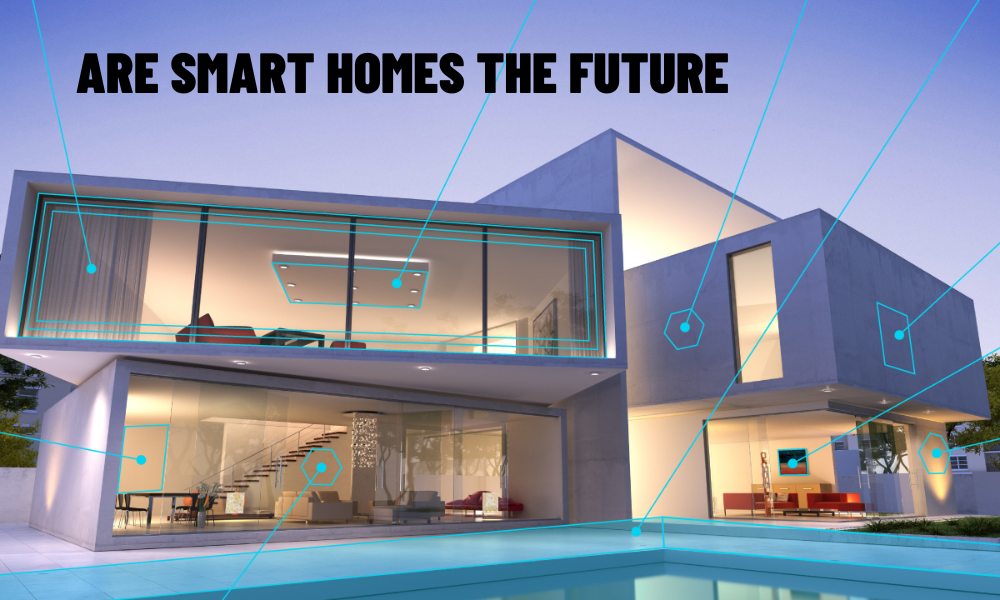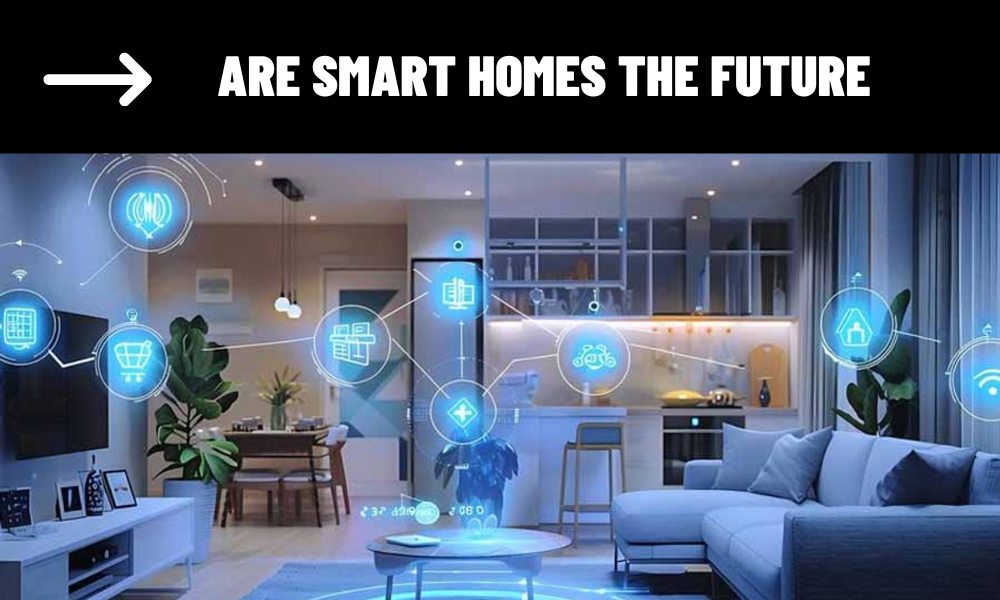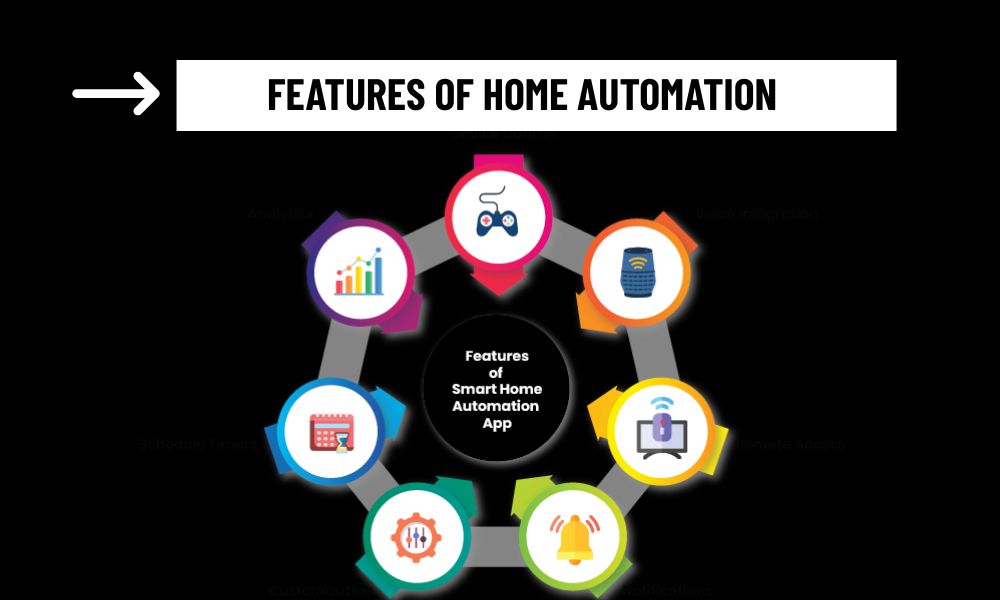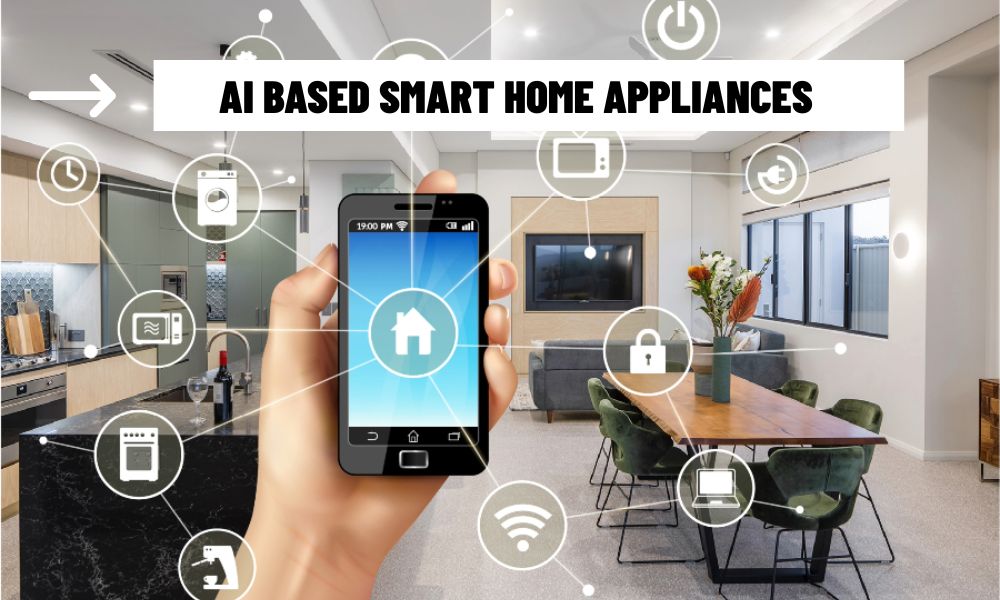The idea of smart homes has evolved from a futuristic concept to an integral part of modern life. With the rise of connected devices, voice assistants, and automation systems, more and more homeowners are embracing the smart home revolution. But as technology continues to advance, one important question remains: Are smart homes the future?
In this article, we explore why smart homes are gaining popularity, the benefits they offer, the challenges they face, and what the future holds for this technology. From enhancing convenience to improving energy efficiency, smart homes are poised to shape the way we live. But, like any emerging technology, they come with their own set of obstacles.
Contents
What Makes a Home “Smart”?
Before delving into the future of smart homes, let’s clarify what makes a home “smart.” A smart home is essentially one where devices and systems are connected to the internet and can be controlled remotely or automatically via voice assistants, smartphones, or other interfaces. Common smart home devices include:
- Smart lights: Adjustable lighting that can be controlled remotely or programmed to follow a schedule.
- Smart thermostats: Devices like Nest that adjust the temperature based on your behavior or voice command.
- Smart speakers/voice assistants: Alexa, Google Assistant, and Siri enable voice control of various devices.
- Security systems: Cameras, doorbells, and smart locks that can be monitored and controlled remotely.
- Home appliances: Refrigerators, ovens, and washing machines that connect to your phone for easy control.
By integrating various smart devices, homeowners can create a fully connected and automated home that is not only more convenient but also more efficient.

Why Are Smart Homes Gaining Popularity?
There are several reasons why smart homes are becoming increasingly common. As technology improves and more devices become available, smart homes are no longer just for tech enthusiasts. Here’s why they’re gaining traction:
1. Convenience and Control
One of the most attractive aspects of smart homes is the convenience they provide. With voice commands or smartphone apps, you can control nearly every aspect of your home. Imagine adjusting your thermostat while still in bed or turning off the lights when you’re already out the door. This level of control gives homeowners an unmatched sense of ease.
Smart home systems can also be integrated into automated routines that handle everyday tasks. For instance, a “good morning” routine might open your blinds, start the coffee maker, and adjust the thermostat—all triggered automatically when you wake up. Automation simplifies everyday life, making it more efficient.
2. Energy Efficiency
Smart homes can significantly improve energy efficiency, helping homeowners save on electricity bills and reduce their carbon footprint. Smart thermostats like Nest and Ecobee learn your heating and cooling preferences and adjust them to save energy when you’re not around. Smart lighting systems can be programmed to turn off when not in use or adjust brightness based on the time of day.
In fact, research suggests that smart home technologies could reduce energy consumption by as much as 30%—a major driver for both environmentally-conscious individuals and those looking to save money.
3. Enhanced Security
Security is one of the biggest reasons people turn to smart homes. Smart security systems offer a range of devices—from cameras and doorbell systems to smart locks and motion sensors—that can be monitored remotely. Many systems send real-time alerts to your phone if suspicious activity is detected.
Furthermore, smart locks and doorbell cameras allow homeowners to remotely manage access to their homes, granting temporary entry codes for guests, service personnel, or deliveries. These systems add an extra layer of security and convenience, helping keep your home safe when you’re away.
4. Increased Property Value
Investing in smart home devices can increase the value of your home. As more people look for tech-savvy, energy-efficient, and secure living spaces, homes equipped with the latest smart technology are often more attractive on the market. Buyers increasingly value homes that offer modern amenities, especially if they come with energy-saving features.
What Challenges Do Smart Homes Face?
Despite their many advantages, smart homes still face several challenges that may hinder their widespread adoption. Here are some of the primary concerns:
1. Security and Privacy Risks
The more devices you connect to the internet, the more vulnerable your home becomes to hacking. Smart home devices are often connected through Wi-Fi, which can be an easy target for cybercriminals if not properly secured. Additionally, many smart devices collect personal data, including usage patterns, voice recordings, and even video footage.
If this data is not properly encrypted or if a device’s software isn’t up to date, it can lead to serious privacy breaches. Ensuring robust security standards and encrypting data is critical for protecting smart home users.
2. Compatibility Issues
The variety of smart home ecosystems (e.g., Google Assistant, Amazon Alexa, Apple HomeKit) and communication protocols (Zigbee, Z-Wave, Wi-Fi) can cause compatibility issues between devices. For example, a smart lock that works with Google Home might not work with Amazon Alexa or Apple’s HomeKit without the right hub or bridge.
Fortunately, new standards like Matter are attempting to address these compatibility issues by creating a unified framework that allows devices to work across ecosystems. However, it will take time before Matter is universally adopted.
3. Complexity and Learning Curve
For many people, smart home devices can seem intimidating or complex to set up and use. The variety of devices, apps, and automation options can be overwhelming. While some products are designed for easy installation, others require advanced knowledge of home networks or third-party integrations.
Manufacturers are working to make smart home devices more user-friendly, but there is still a barrier for those who are not tech-savvy or familiar with smart technology.
4. Cost of Implementation
While the prices of smart home devices have decreased over time, setting up a fully integrated smart home can still be expensive. High-quality smart speakers, thermostats, locks, and cameras often come with premium price tags. Additionally, some smart home ecosystems require a central hub to integrate devices, adding to the cost.
Despite the investment, many homeowners find that the long-term savings on energy bills and increased property value make the upfront costs worthwhile.
What Does the Future Hold for Smart Homes?
The future of smart homes looks promising, with advancements in AI, 5G technology, and IoT paving the way for more advanced, interconnected, and intelligent homes. Here are some trends to watch for:
1. Integration of AI and Automation
As artificial intelligence continues to evolve, smart home systems will become more self-aware and capable of predicting your needs. Rather than following pre-programmed routines, your smart home will adjust to your lifestyle without you needing to intervene. AI-powered systems will learn your patterns and optimize energy use, security, and even home entertainment.
2. Advanced Voice Control
Voice control is already a major feature of many smart homes, but it will continue to improve. Natural language processing will become more sophisticated, enabling users to issue commands that are more complex and contextual. Voice assistants will be able to handle more tasks, integrate more devices, and interact in a way that feels more conversational.
3. More Focus on Sustainability
As environmental concerns grow, smart homes will increasingly focus on sustainability. Smart home devices will continue to evolve to help homeowners reduce waste, optimize energy use, and adopt eco-friendly living habits. For example, smart water monitoring systems will help reduce water usage, and energy-efficient appliances will become more integrated into everyday life.
4. Seamless Connectivity with 5G
The rollout of 5G technology will allow for faster, more reliable connections between devices. This will enable smarter, more instantaneous interactions between devices and improve the overall performance of smart home systems. With faster internet speeds and reduced latency, devices will be able to communicate more efficiently, further improving automation and security.
Are Smart Homes the Future?
The answer is a resounding yes—smart homes are not just a passing trend, but a fundamental shift in how we live. They offer significant benefits in terms of convenience, energy efficiency, security, and property value. As technology advances, smart homes will only become smarter, more integrated, and more accessible.
However, there are still challenges to overcome—security risks, compatibility issues, and the cost of implementation. But with innovation moving forward at such a rapid pace, the future of smart homes looks incredibly promising.
As the technology becomes more affordable and user-friendly, we’ll see even more households adopt smart home devices. The dream of an intelligent home that adapts to your needs is becoming a reality, and as we embrace this shift, smart homes will undoubtedly play an integral role in shaping the future of living.



